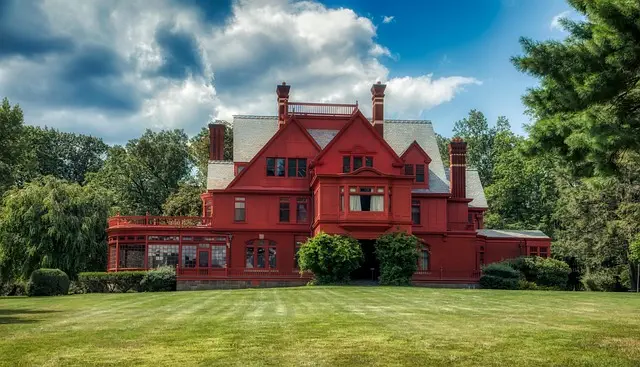Hoboken, New Jersey, on the Hudson River, offers a unique blend of history and modern urban living. Once an industrial powerhouse driven by railroads, it has evolved from a 17th-century settlement to a vibrant metropolis with iconic landmarks like the Hoboken Terminal and well-preserved Victorian architecture in the Hudson Street Historic District. Today, Hoboken attracts visitors and residents alike with its diverse culture, cosmopolitan atmosphere, and strategic location opposite Manhattan, showcasing New Jersey's dynamic character.
“Discover Hoboken, New Jersey—a vibrant, historically rich town nestled along the Hudson River. This introduction explores the unique blend of past and present that defines Hoboken. From its early beginnings as a small ferry settlement to becoming a bustling cultural hub, the town boasts an impressive history marked by key landmarks. With a diverse population and strategic location, Hoboken offers a dynamic economy, thriving arts scene, and a rich calendar of community events. Explore the diverse neighborhoods, vibrant culture, and the many reasons why Hoboken is a standout destination in New Jersey.”
- History and Background of Hoboken, New Jersey
- – Brief overview of the town's origins and development
- – Key historical events and landmarks
- Geography and Demographics
History and Background of Hoboken, New Jersey

Hoboken, New Jersey, nestled along the Hudson River, boasts a rich history that intertwines with the state’s development. Originally inhabited by the Lenape Native Americans, this area became a strategic point during colonial times due to its proximity to New York City. In the 19th century, Hoboken experienced significant growth as an industrial hub, attracting immigrants and fostering diverse communities. The arrival of rail transportation further propelled its transformation into a vibrant, bustling metropolis.
Today, Hoboken retains much of its historic charm while simultaneously embracing modern urban living. The city’s past is evident in its architectural gems, including Victorian-style homes and historic landmarks that tell tales of its industrial might. As part of the New Jersey landscape, Hoboken has evolved from an industrial outpost to a sought-after residential and commercial center, reflecting the state’s dynamic character.
– Brief overview of the town's origins and development

Hoboken, located in Hudson County, New Jersey, has a rich history that dates back to the 17th century when it was first settled by Europeans. Originally part of Manhattan, the town evolved from a small farming community into a bustling industrial hub during the 19th century. The arrival of railroads, particularly the Hoboken Terminal, transformed the town into a major transportation center, drawing in immigrants and fostering its growth. Today, Hoboken blends historic charm with modern amenities, offering a vibrant mix of residential, commercial, and cultural attractions that reflect its diverse and dynamic community. The town’s strategic location just across the Hudson River from Manhattan continues to make it an attractive destination for commuters and visitors alike.
– Key historical events and landmarks

Hoboken, located in New Jersey, boasts a rich history that is reflected in its diverse and notable landmarks. One of the key historical events that shaped the town was its transformation from a small farming community to a thriving industrial hub during the 19th century. The construction of several railroads, including the Hudson Terminal, facilitated Hoboken’s growth as a major transportation center, attracting businesses and residents alike.
Landmarks such as the Hoboken Terminal, built in 1875, stand as testament to this industrial past. Today, it serves as a bustling transportation hub, connecting New Jersey with Manhattan via ferry and train services. Other historical sites include the Old Court House, which dates back to the early 19th century, and the Hudson Street Historic District, known for its well-preserved Victorian architecture, offering visitors a glimpse into Hoboken’s bygone era.
Geography and Demographics

Hoboken, New Jersey, is a vibrant city located just across the Hudson River from Manhattan. Geographically, it’s characterized by a mix of urban and waterfront landscapes, with the Hudson River defining its western border. The city boasts a diverse topography, featuring historic brownstone rows, modern high-rises, and scenic parks along the riverfront. This unique blend of old and new contributes to Hoboken’s dynamic character.
Demographically, Hoboken is one of the most densely populated cities in New Jersey, known for its diverse population. According to recent census data, the city has a rich cultural fabric with a significant number of residents hailing from various ethnic backgrounds. This diversity is reflected in the city’s vibrant neighborhoods, each with its own distinct character and charm, making Hoboken a truly cosmopolitan destination within the state.
